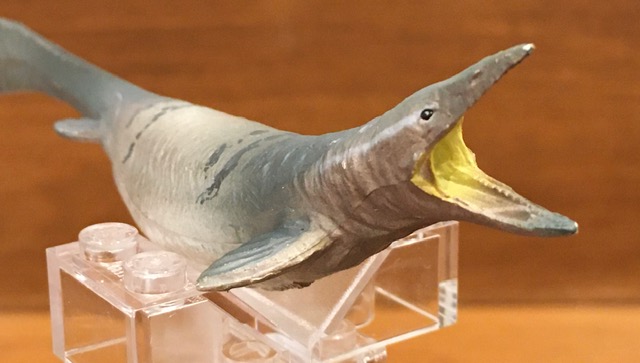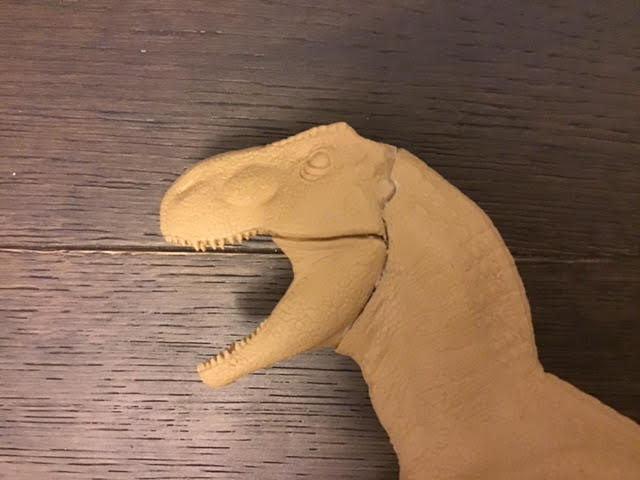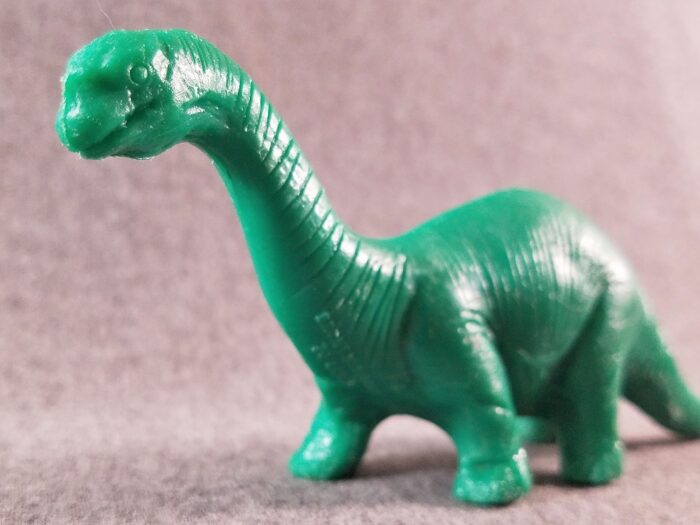There are presently around 40 known genera of mosasaur, ranging from relatively small fry like Halisaurus and Kourisodon to frightening behemoths like Gnathomortis and Prognathodon. There were also some truly unique ones like Globidens, with its rounded teeth for pulverising ammonites, and Plotosaurus, the most advanced swimmer of them all.
Review: Red Gazelle (Forgotten Friends Series A by Yowie)

Africa is an amazing continent, full of incredible species throughout the history of the world. Many are sadly no longer extant, lost to time, often as the result of human expansion. Such is the case with the Red Gazelle, found in Algeria, all that is now left of this species are a few specimens…..
Review: Spinosaurus (Wild Safari by Safari ltd. – 2021 ver)
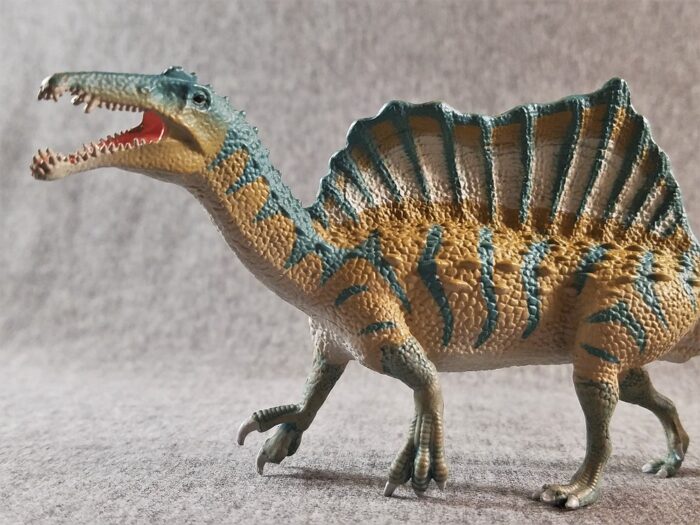
Given how unstable our scientific understanding is regarding this giant theropod, perhaps it’s understandable Safari would want to offer another option to reflect the creature’s ever-changing image. How well, then, does this new model hold up as an up-to-date iteration?
2021 was an understandably odd year for many, following the tumultuous events of the year 2020, and merchandise companies were no exception.
Review: Struthiomimus (Thunder-Beasts by Sky Kids)
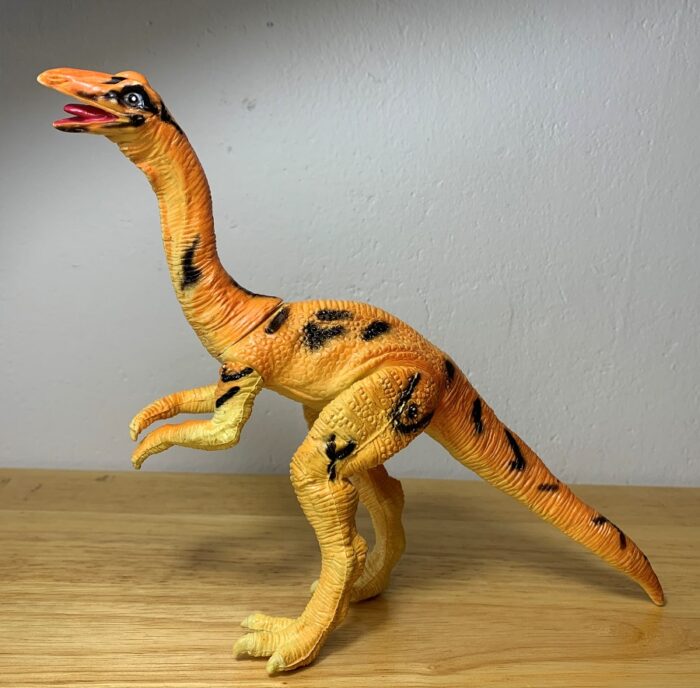
Growing up in the 90’s I had quite the collection of toy dinosaurs from a multitude of companies. Everything from UKRD, AAA, and Larami, to Carnegie, Tyco, Kenner, and Playskool. One brand I didn’t have represented was Thunder Beasts, so when I recently came across this ornithomimid that was stamped 1993 on the bottom, I was truly vexed as to its origin.
Review: Passenger Pigeon (Forgotten Friends Series A by Yowie)

It is always tragic when humans in avertedly cause an animal to become extinct, whether because we didn’t know how limited the population was, destroying habitats or releasing animals that the ecosystem isn’t prepared for. What is intolerable, however, is when a species is rare and humans actively wipe the majority out.
Review: Smilodon (RECUR)
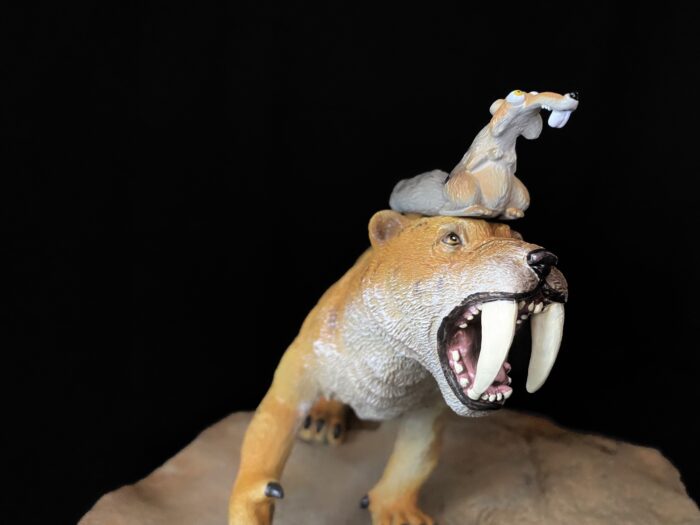
When I first became aware of the company called RECUR I was not sure what to make of them in terms of their collectible value. Scrolling down their prehistoric model list, one can see that they are definitely geared towards a much much younger age group.The designs are a mix bag and consists of mostly dinosaurs with a few prehistoric mammals thrown in the mix.In time, I became more curious about what these models look like in person, so I decided to purchase a couple of figures to see for myself, after all, its only fair to judge them when you actually have seen them with your own eyes in your hands.
Review: Velociraptor (male, JPIII – Amber Collection by Mattel)
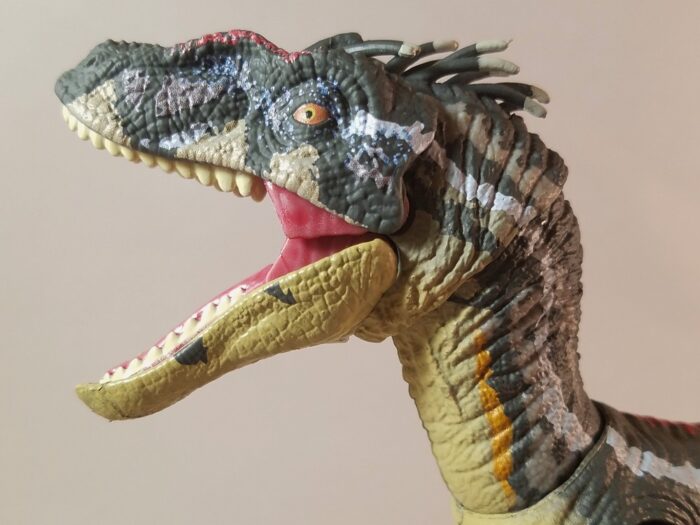
Mattel’s Amber Collection has had a rocky release history, but before the line ground to a halt, Mattel decided to go out on a bang with the highly anticipated male Velociraptor design from Jurassic Park III. Fans were both excited and cautious: would this fan-favorite design be done the justice it deserved?
Review: Tyrannosaurus rex (Tamiya)
Review: Majungasaurus (Schleich)
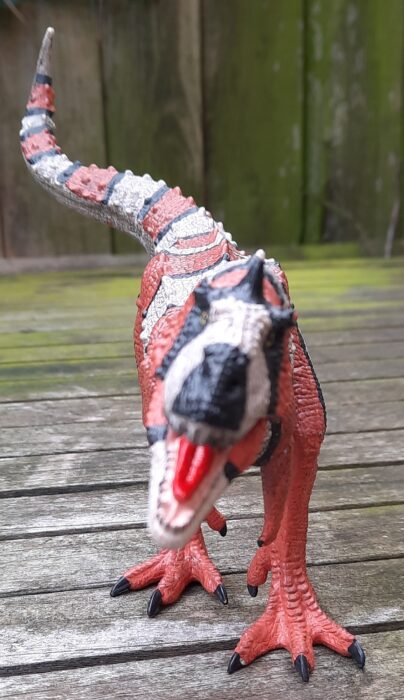
Madagascar has always been an island of oddities. From giant lemurs to horned crocodiles, there are a lot of interesting species to see. The Mesozoic likewise has some interesting animals, such as the late Cretaceous Madagascan monster Majungasaurus, an Abelisaurid known for being cannibalistic.
Review: Brontosaurus (Sinclair Dinoland)
Review: Orthoceras (Paleozoic Pals)
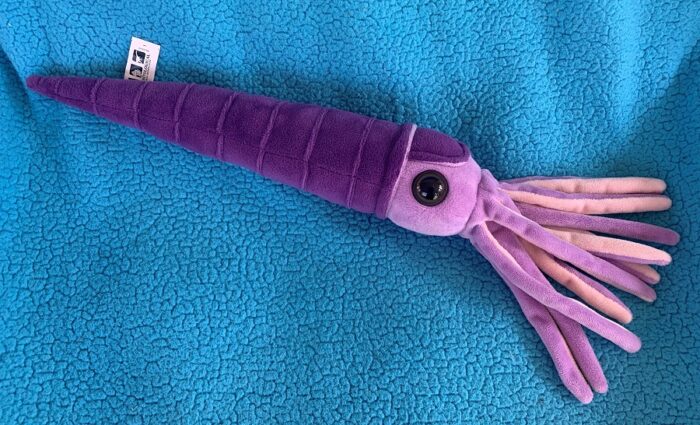
Paleozoic Pals is a line of plush toys commissioned by the Paleontological Research Institution (PRI) and sold at the Museum of the Earth, located in Ithaca, New York. Since its launch in 2015 the line has done quite well, and now has 13 distinct plush toys to its name (as well as slippers, a body pillow, and other merchandise) with more on the way.
Review: Paradise Parrot (Forgotten Friends Series A by Yowie)
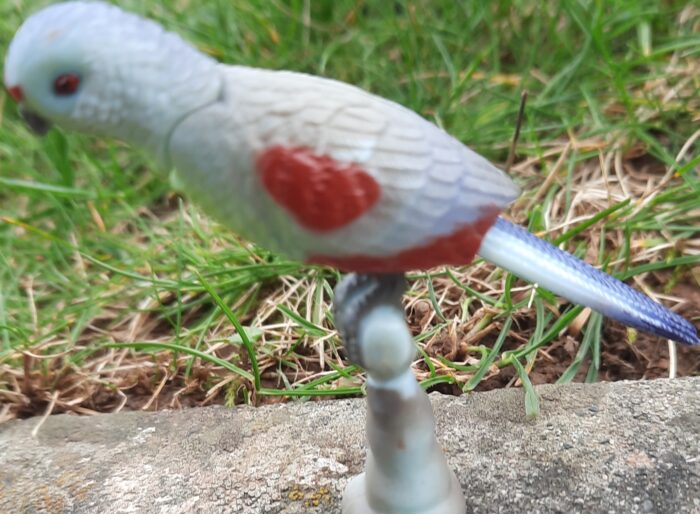
Australia is home to numerous species of parrot, from the Gallah to the sulpur-crested Cockatoo. Many are now quite rare as a result of humanity, but most are now protected and hopefully will recover. Sadly, this isn’t the case for all of them, as one species no longer exists among them, the Paradise Parrot.

